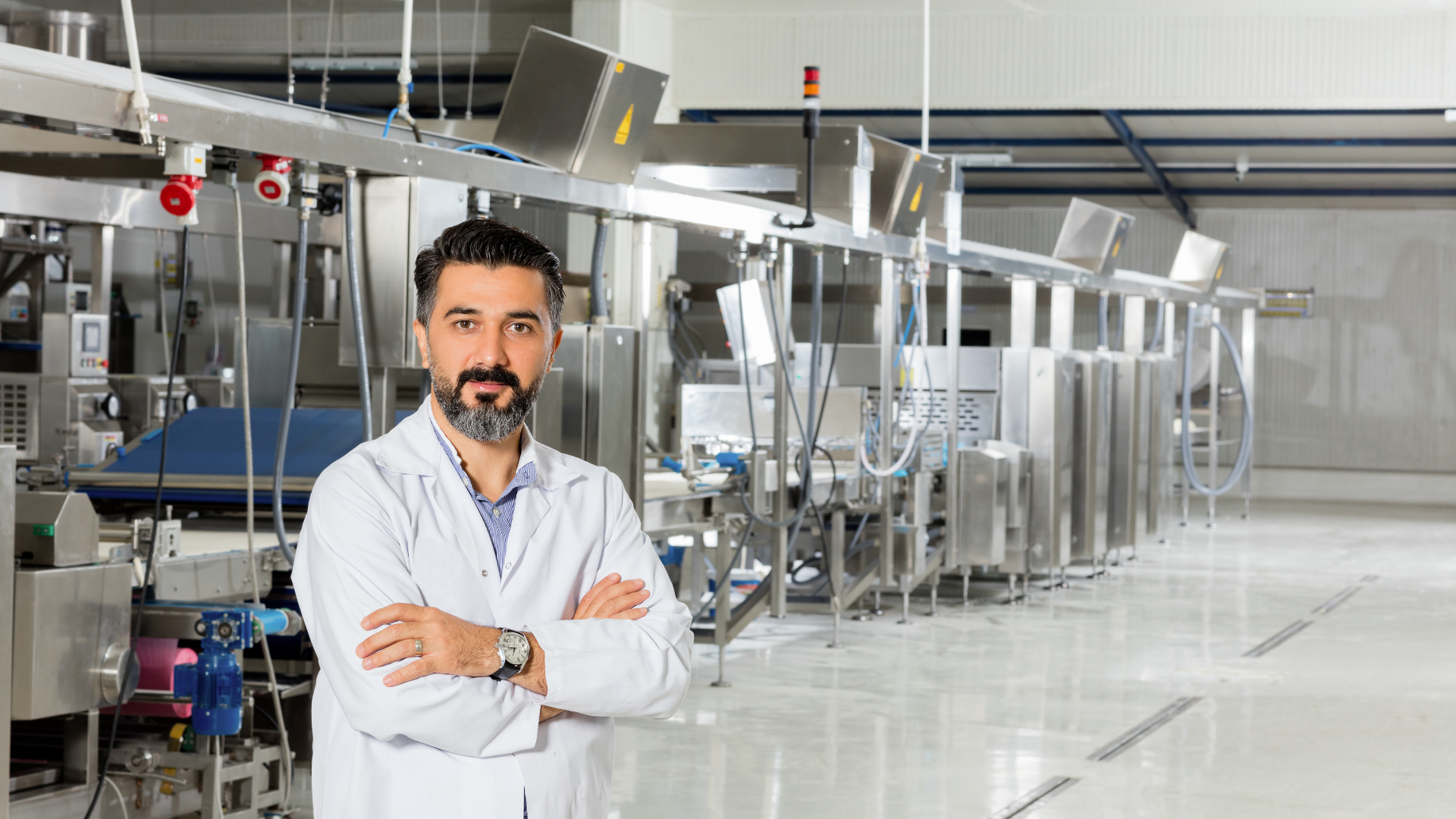Food is one of the best deals in the world, but not if it’s not going to be good for you. You need to consider so many things when purchasing food – and even more when handling it – so you don’t get sick or eat food that shouldn’t be eaten.
Food is one of the top three things they spend money on every month for most people. You spend your money on groceries, and if you are like many of us, you spend a lot of money at the grocery store. All that money you spend on food, which is needed for survival, is served up with a side of guilt.
Dealing with food can often be a challenge, especially when it comes to the relationship between food and health. The way we eat can affect our health and our budget. The way we simply treat food in our house could also affect our health. We all know of Paris in the 1800s and its lack of hygiene that led to constant epidemics and plagues because of rodents. That could happen at your house too if it isn’t happening already. So, if you haven’t had your home inspected by terminix OH or other similar pest control services, now might be a time to do it. After that, you can work on treating your food better and worrying about what you eat. Eating healthy doesn’t have to be a major hassle. It just takes a little bit of planning, being hygenic and a dash of common sense.
Identify the Symptoms – Unhealthy Food or Food Poisoning.
Food is essential to your well-being. It gives you the energy to get through the day. However, there are a lot of factors that come into play when you are trying to decide what to eat and when. If you are eating healthy, you may be at risk of food poisoning. You need to be aware of the symptoms of food poisoning and how to identify if you are suffering from it.
Food contamination is a serious issue that has been plaguing food suppliers, manufacturers, and the general public for a long time. We all know that food that is supposed to be pure and healthy is not always free of bacteria. It is not always physical contamination; it can also happen because of the way food is manufactured, stored, transported, and prepared. It can be traced back to anyone or all of these factors.
How to Avoid Food Poisoning – There are simple steps.
Step 1: Clean – Wash Your Hands.
Food handling practices can be the difference between food safety and food poisoning. Food handlers need to follow safe food handling guidelines to prevent foodborne illnesses. Some common food handling errors are not washing hands properly and not using gloves. According To Unigloves, hygienic food practices mean using clean equipment and more important, clean hands. The use of disposable gloves when handling one type of food; a thorough hand wash after; then using fresh, disposable gloves can help prevent cross-contamination and food borne illnesses.
When handling food, you have to be cautious about what you’re doing and how you’re doing it. It’s not just personal hygiene during food preparation, but also personal hygiene during food handling.
Step 2: Separate the Foods – Raw Meat and Other Foods.
Whether you’re shopping at the grocery store or the farmer’s market, you may find it difficult to separate raw meats, poultry, seafood, and eggs from all the other foods you already have in your refrigerator, grocery bags, and shopping cart. This can make it much more difficult to keep these items fresh for a long period.
Just because something is considered to be healthy doesn’t necessarily mean it is. And just because something is considered to be “bad for you” doesn’t mean it is. Many foods are perfectly healthy; some are just not very good for you. To separate the foods, think about what the food is and how it affects you. Is it healthful or not?
Step 3: Cook Properly.
It’s common knowledge that cooking properly is vital for effective and healthy eating, but many people forget to do it. Cooking is not just about heating ingredients but also about making sure you are using the right ingredients in the right quantities and at the right temperature and being mindful of other cooking and food safety considerations.
Step 4: Chill – Store cold foods promptly
To stay fresh, keep refrigerated foods cold. If you use a thermometer, the temperature in the refrigerator should be no more than 39 degrees. In the case that you feel that the temperature is not optimum, maybe it is time to get a refrigerator repair done!
Foods placed in a refrigerator or freezer offer a wealth of benefits when it comes to keeping food fresh. Milk, fruits, and vegetables are best when fresh and refrigerated, while meats, dairy products, bread, and other pantry staples should be stored at room temperature. However, this cold storage may not last as long as you might hope unless you’re doing it right. To improve the insulation and efficiency of such cold storage, fiberglass or frp doors can be installed, which can help in maintaining optimum temperature.
We all eat, so there is no doubt that food plays a significant role in any business. The food you eat can impact your concentration levels, energy levels, and productivity levels. Likewise, the food you serve to your customers can make or break your business, so it behooves you to be aware of what you’re serving and how it makes you money.



